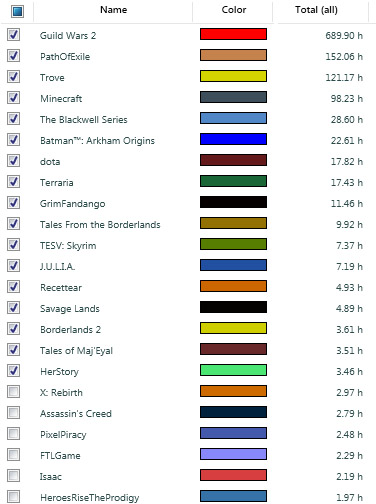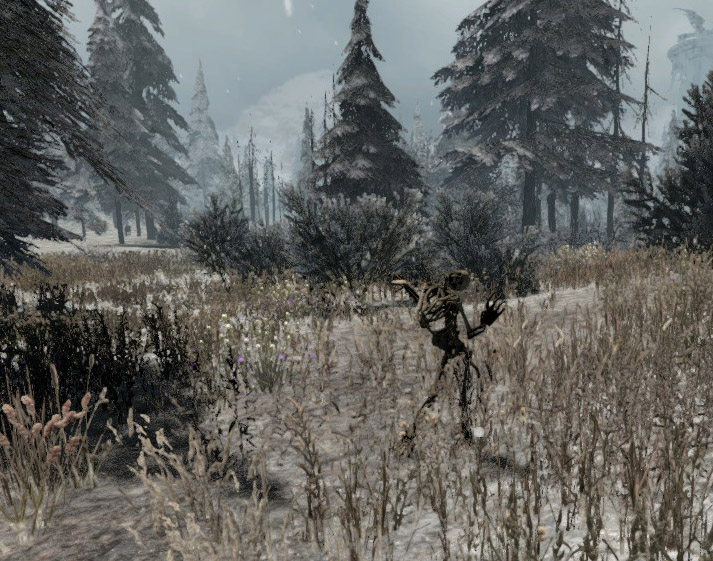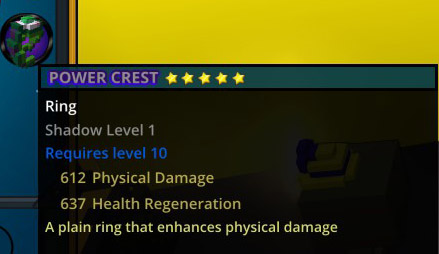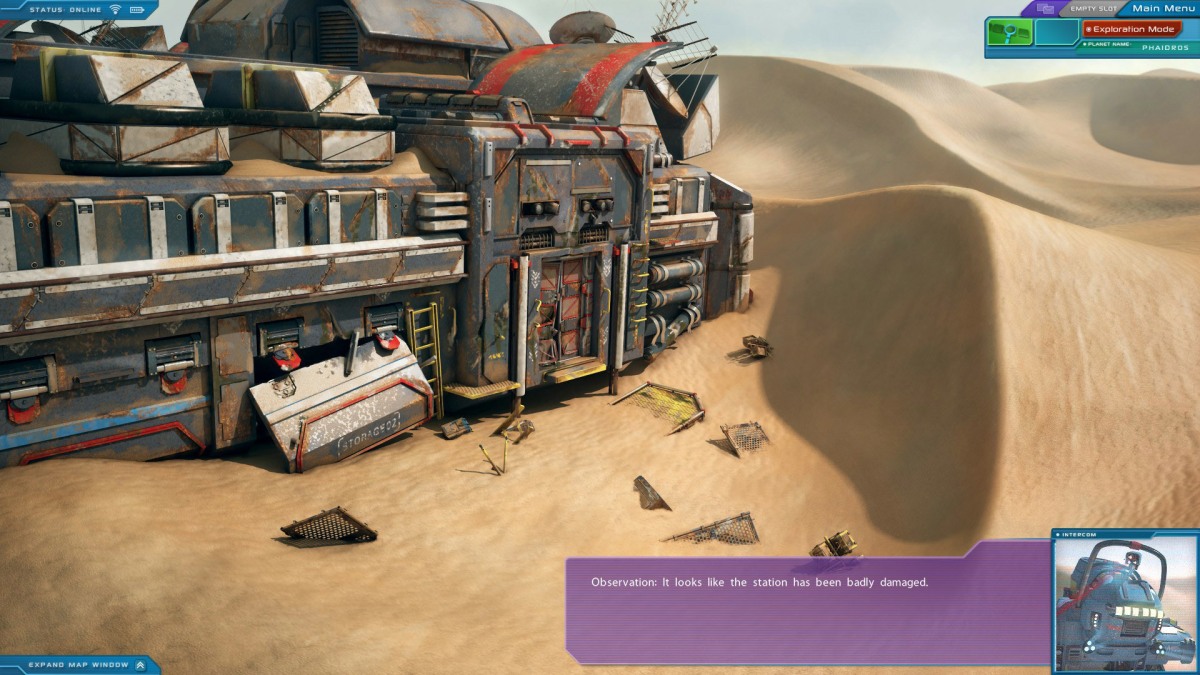Over on Rotten Tomatoes, critics are roundly panning Netflix’s Bright, awarding it very dismal ratings.

Me, I’d rather trust the other score.
—
Frankly, since it was on Netflix, I’d already went ahead and watched it, before consulting the scores just to see where my opinion stood.
I’d go so far as to award an even higher score than Tyler F. M. Edwards over at Superior Realities.
I liked Bright. I liked it a lot.
I don’t think I can stretch it to “I loved it,” because it’s rough around the edges, but it was enjoyable and entertaining, and painted an audio-visual picture of a believable enough world that’s the closest thing to Shadowrun as seen on the big screen. For now, anyway.
The plot had a beginning, middle and end, and was relatively consistent and believable.
Sadly, the same can’t be said for a good number of movies which have you going, “Wait, what?” “Huh?” “How did plot point A that led to B suddenly leap to J and P and K, instead of logically following to C and D?” and then reaching for a mobile device to look up a synopsis on Wikipedia in the hope that someone summarized it in an understandable manner.
There were some cool story moments and subtle worldbuilding scenes (amidst more heavy-handed ones – just assume they have to include those to cater to a more mainstream audience’s ability to understand.)
Case in point, the worldbuilding at the beginning of the movie is spot on.
It starts very modern contemporary, just mixing in some fantasy from time to time.
Here’s some Orkish graffiti; here’s some Orcs so you know how they look like in this world (visually very akin to the Shadowrun backstory of Goblinization of humans as magic came into the world, even if the script indicates this world has had the fantasy races for far longer for some two thousand years); here’s this Fairy that’s not really considered sentient but more on the level of a pest and people treating this magical creature as a perfectly ordinary occurrence in this particular world.

Will Smith as human cop dad has a conversation with his daughter that situates the audience about where this world stands on fantasy race prejudice (a little bit heavy-handed, but mainstream audience, y’know.)
Then we tour the world ourselves as the protagonists drive to work.

The districts are separated by heavily guarded checkpoints.
The elves, well… see for yourself:


But right amidst all this really obvious situate-the-audience-in-our-world visual storytelling, there’s a small little subtle exchange that I totally missed on the first watching, and only understood on a subsequent rewatch:

The two protagonists look out their cop car and see another orc do that.
Then Will Smith’s character says, “Even the chauffeurs are snobs” as his orc partner frowns.
It’s not until you finish the movie that you’ll understand the significance of that moment. It’s an orc thing.

The cops exit Elftown, we see more district checkpoints, rich/poor juxtaposition… and oh hey, did you see one of the guards is really a centaur?
I didn’t, not until I took the screenshot for this blog. Frickin’ cool world.
In the orc ghetto areas, things are dirty, desperate, full of gangs and then in a nice wordless moment, we get to see how dang strong this world’s fantasy orcs are:

See, I think the critics get it all wrong by thinking Bright is trying to blend the genres of fantasy, buddy cop drama and social commentary.
No, no, no. Those are not the genres you’re looking for.
You can try to squish it into the above mainstream boxes in the hopes that the normals understand, but it will understandably fall short, because they aren’t aiming for those genres at all, but a mashup of mashups somewhere in between.
Bright is Shadowrun, minus Cyberpunk, plus LA gangstas.

Let me explain. Shadowrun is one of the more mashed up RPG world settings already.
It’s tech meets magic, urban fantasy meets cyberpunk, in a dystopian yet anachronistic future.
In Shadowrun, we have a far future world somewhere in the 2050s, as envisioned by RPG writers imagining said future from the perspective of the 1980s. This world contains a cosmopolitan mix of fantasy races that aren’t required to hide behind some secret supernatural masquerade, but are treated as part of modern life.
At the same time, Shadowrun is also a world of a Neuromancer-like dystopia where megacorporations hold sway and cyborg adventurers flit in the shadows like black operatives.
Bright has dropped the cyberpunk, possibly in an attempt to not violate copyrights and save money on special effects or just to simplify things for a movie-going audience. So, no hackers, no decking, no cyberware, no futuristic Blade Runner-like sci-fi.
But the “urban”, “modern,” “fantasy,” “cosmopolitan,” “megacorporation,” “dystopia” bits are still there, more or less.
Critics are going in the entirely wrong direction when they pick out heavy-handed racism depicted in the movie and call it thinly veiled, badly written social commentary on our own world.
Dudes, Bright doesn’t care. Bright is using your knowledge of “black vs white” racial politics and extrapolating it to help you understand a new, alternate reality, dystopian-esque world. Bright’s Shadowrun-like world that includes a dash of Tolkien high fantasy.

Fantasy is all about stereotypes. The exaggeration is deliberate. That’s the genre, people.
It’s good guys vs the Dark Lord. Fantasy is a genre where racial stereotypes -are- exaggerated – elves are pointy-eared snooty pretty bastards, that’s WHY they’re elves. Dwarves are short, bearded, gold-mining armored vikings and orcs are pig-ugly tusked muscular brutes. In general, NPCs follow these stereotypes. Then you break it up with a few exceptional individuals that tend to be the PCs.
So, yes, in the world of Bright, the police are racist, corrupt and more prone to brutality than not. The orcs, as a whole, are an oppressed race; the elves more privileged and holier than thou. It’s a dystopia. That’s the point.
It’s just that Bright steers clear of setting its world in the near-future of Shadowrun, and dials it back several decades, plonking itself right down in a fictionalized LA gangs/GtA-inspired contemporary 1980-2000s era instead.
Once you get that, it’s easy to sit back and enjoy the movie for what it is.
A Shadowrun adventure where you cheer for your protagonists known as “the party,” often made up of an ensemble cast of racially-diverse individuals, as they romp through a series of contained stories that will hopefully make up a campaign, amidst a backdrop of a world filled with far more powerful factions and deeper things going on behind the scenes.

And the buddy cop bit? It just so happens that the two main PCs are cops, one orc, one human. So you get some of that roleplay flavoring while they meet up with their third cast member that’s not quite fully a PC yet (but will probably be part of the party by the next session.)
So yeah, it’s not a full on cop procedural, it’s just got some buddy cop mashed into the Shadowrun-style story, that’s all.

The above is one of those cool story moments. One of our PCs makes an utterly momentous decision. A choice with consequences. After this, things will never be the same. We go from “normal” life to the Shadowrun adventure that makes up the rest of the movie.
Granted, the ‘magic’ part of Bright’s fantasy element is quite heavily simplified in the script. It’s a touch grating to hear the main MacGuffin of the movie named as a “Magic Wand” over and over. If an audience can deal with Voldemort’s Horcruxes, surely it’s not necessary to use such a simplistic, lore-unladen term for a major artifact?
The dialogue is a little hit-or-miss. Some lines work with some people and make others twitch and grimace. I just let it wash over me and assume the ‘obvious’ stuff is to help explain things to someone far less into a Shadowrun-style setting so they can appreciate and understand the story. (Still not obvious enough for the critics. Oh well.)
Apparently, the director David Ayer rewrote Max Landis’ script. So depending on who you detest more, you can pretend that all the bad lines came from that person. Guess we’ll never know for sure unless the original script comes to light.
Still, it’s a pretty fun romp overall.
I definitely want more.






















































